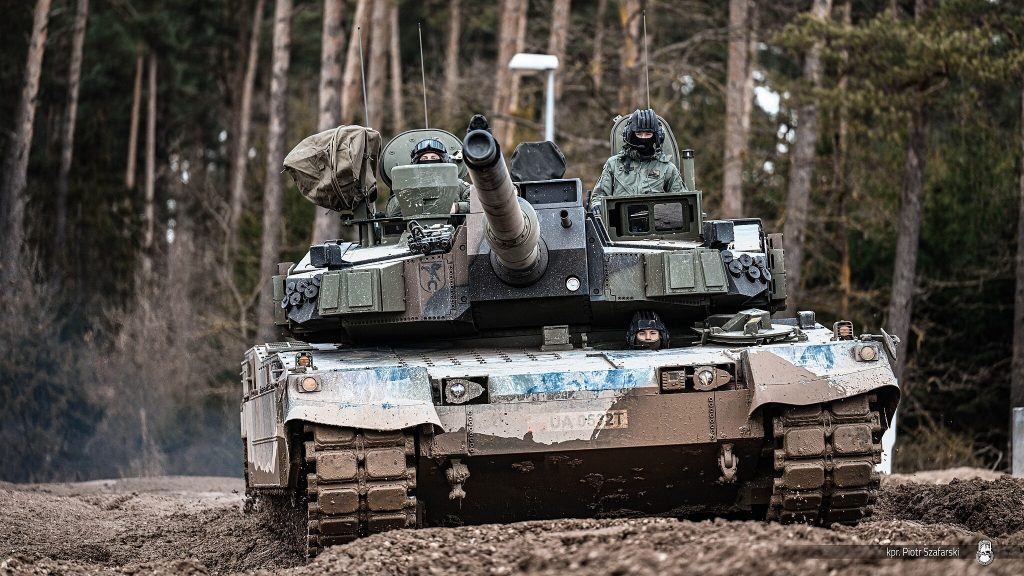The largest army in Europe only looks good on paper.
Others are reading now
Despite building the largest land force in the EU and investing billions into high-tech gear, Poland may still be unprepared to resist a Russian attack, experts warn.
Recent drone incursions and logistical shortcomings have exposed cracks beneath the surface.
Poland Doubles Its Army in a Decade
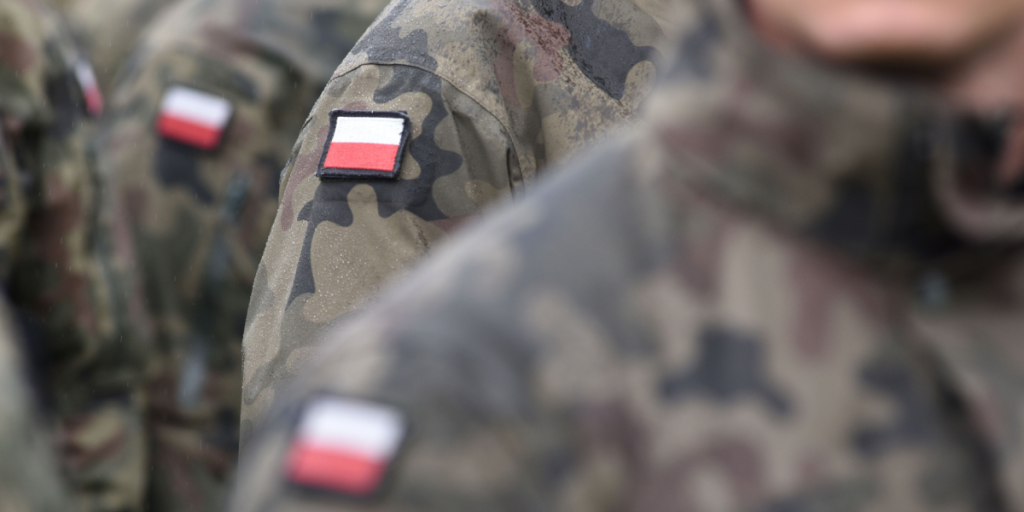
In response to Russia’s full-scale invasion of Ukraine, Poland has transformed its military.
Between 2014 and 2025, the number of troops more than doubled, from around 100,000 to 216,000 soldiers.
According to Kyiv Independent, this makes Poland the largest army in Europe and the third-largest in NATO, trailing only the United States and Turkey.
Also read
Big Ambition
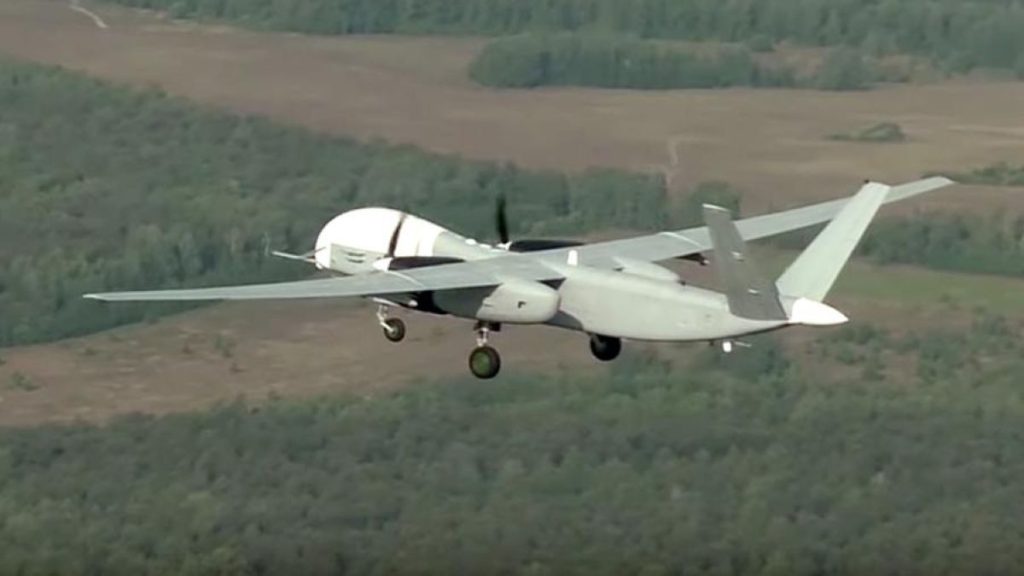
The ambition doesn’t stop there.
Just weeks after the invasion of Ukraine in 2022, Poland passed a new national defense law aimed at raising the number to 300,000 active-duty troops.
In March 2025, Prime Minister Donald Tusk proposed a plan to provide military training to all adult males, envisioning a future force of 500,000 personnel, including reservists.
Europe’s Biggest Defense Budget
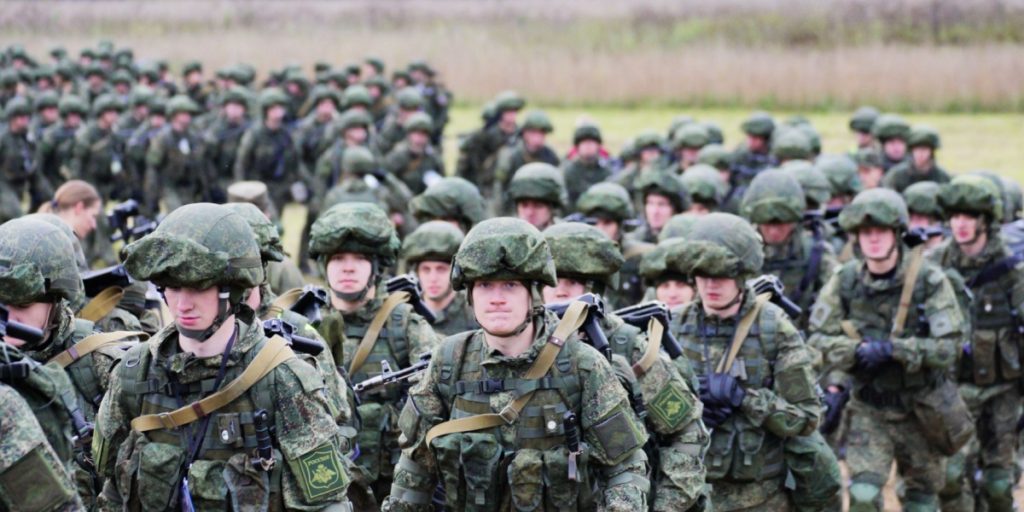
Poland now allocates 4.7% of its GDP to defense—the highest share in NATO.
That’s around $35 billion in 2025, nearly three times more than in 2014.
Also read
These funds have supported a remarkable shopping spree, both from domestic suppliers and key allies like the US and South Korea.
What the Future Arsenal Includes
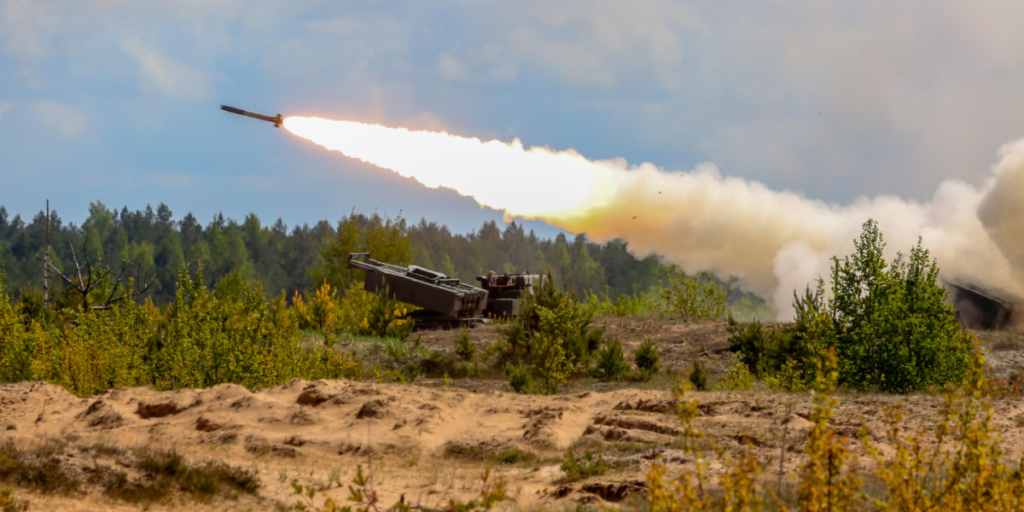
Poland’s future arsenal includes:
- Around 1,100 tanks by 2030, including German Leopards, US Abrams, South Korean K2s, and domestic PT-91s.
- Hundreds of HIMARS launchers—a response to Ukraine’s battlefield success with the system.
- F-35 fifth-generation fighter jets, Apache attack helicopters, FA-50 light fighters, and K9 howitzers.
Warsaw also initiated the East Shield initiative to fortify its eastern frontier with Belarus and the Russian exclave of Kaliningrad. It even withdrew from the Ottawa Treaty, which bans anti-personnel mines.
100 km Undetected
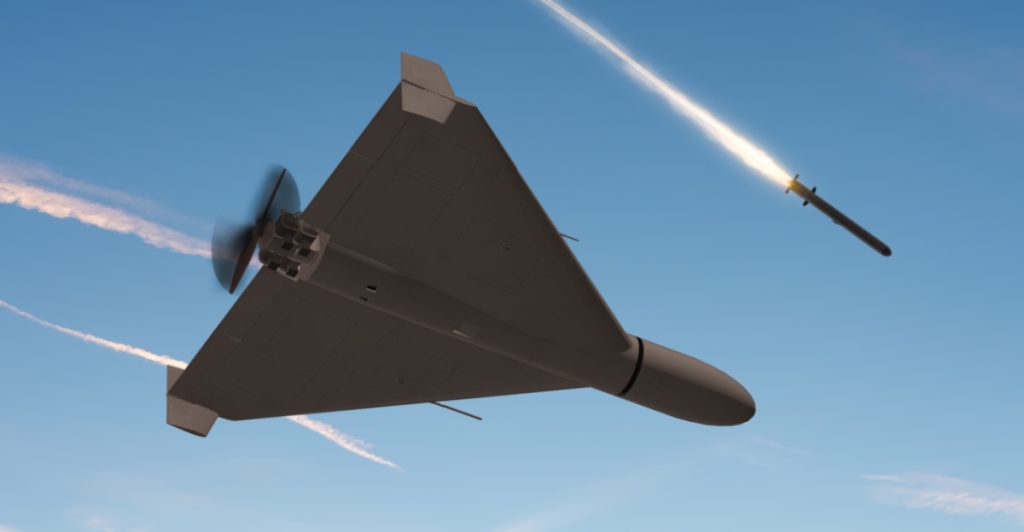
Despite these moves, serious vulnerabilities remain.
On August 20, a Russian drone reportedly flew 100 km into Polish territory undetected, eventually crashing in the village of Osiny.
Also read
The incident, investigated by Onet, raised troubling questions about Poland’s ability to monitor and defend its airspace.
The problem isn’t new. On September 3, two Russian drones crossed into Polish airspace without being shot down. Most recently, on August 6, 19 drones entered Poland. Authorities intercepted just four of them.
Just One Known Anti-Drone System
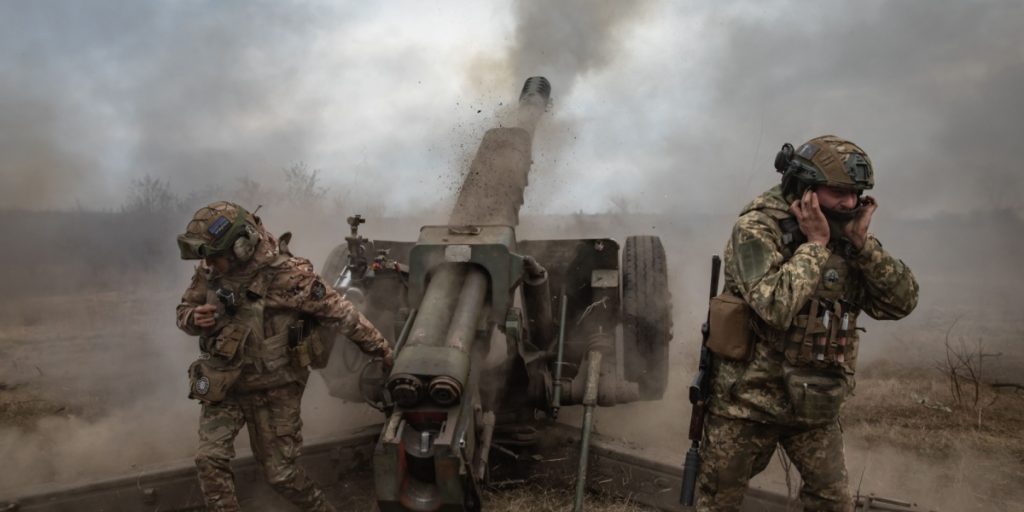
Poland currently has only one known anti-drone system: the domestically produced SKYctrl. But according to Onet’s military sources and internal documents, the system often fails to detect or respond to drone threats.
Worse, it’s also used to protect Polish air bases, leaving F-16s and soon F-35s exposed to attack.
As analyst Robert Czulda told the Kyiv Independent, “The absence of a robust drone and counter-drone ecosystem is particularly striking, given the central role of UAVs in Ukraine.”
Also read
He warns that Poland has not yet developed a domestic doctrine or industry for large-scale drone warfare.
A Tank Army Without Ammunition?
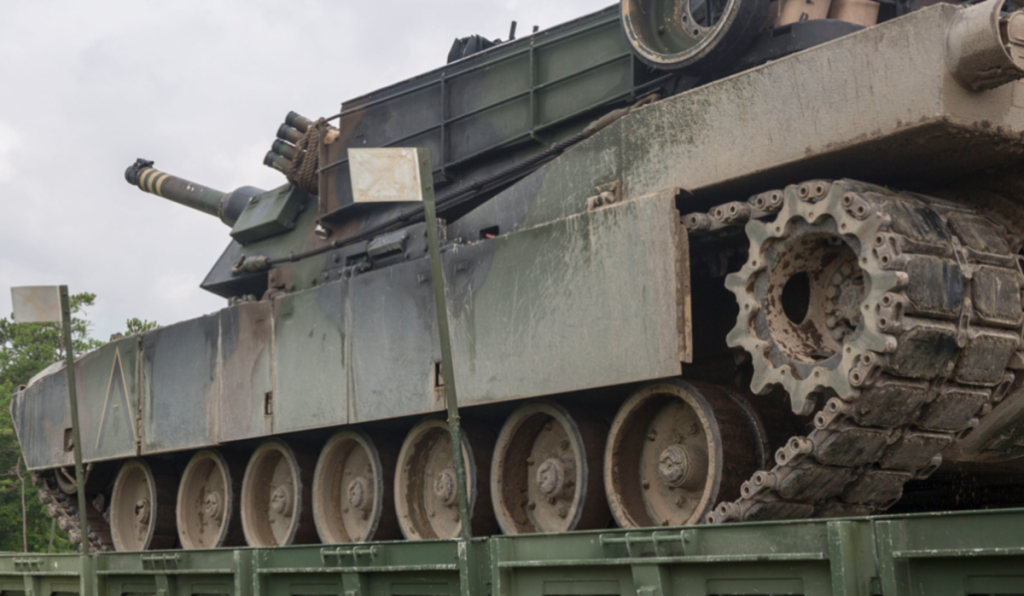
While Poland’s tank fleet is on track to outnumber that of France, Germany, the UK, and Italy combined, serious gaps remain in logistics, munitions production, and civil defense.
Czulda notes that the military lacks a domestic artillery shell industry, and repair facilities and secure supply chains remain underdeveloped.
These could pose huge risks during a long war.
In March, the head of Poland’s National Security Bureau, Dariusz Lukowski, warned that Poland’s army could only hold off an enemy for up to two weeks—a statement the Defense Ministry quickly dismissed as “scandalous”, but one that many analysts take seriously.
Also read
Recruitment Is Slowing
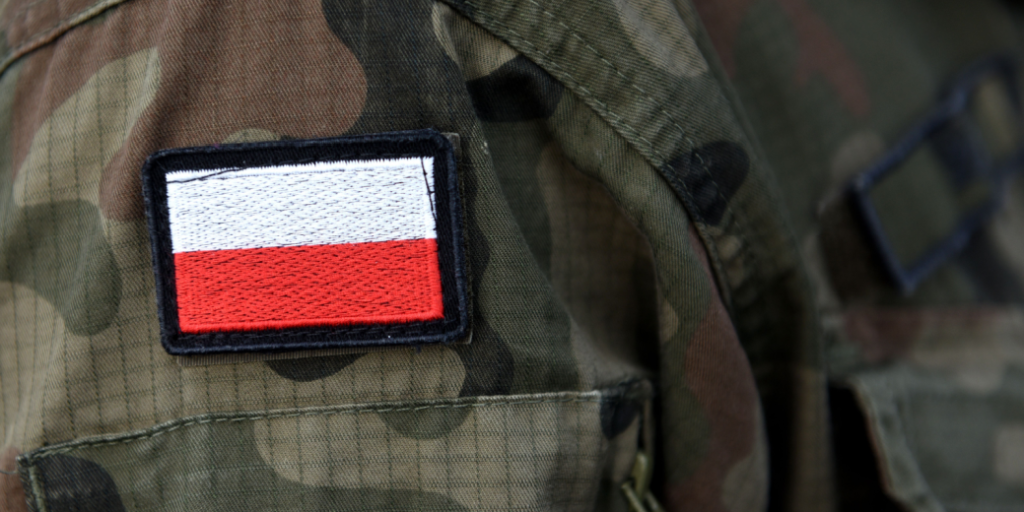
Despite efforts to expand, Poland is struggling to fill its ranks. In 2023, only 16,000 new recruits joined the military.
By mid-2024, the number had dropped to just 10,000, according to TVP. That’s a major concern, given the clear lesson from Ukraine: war demands manpower.
Even Ukraine—with 800,000 to 900,000 troops—faces personnel shortages.
Russia fields 1.5 million soldiers, with a third reportedly deployed in Ukraine. “The war in Ukraine shows… there must be an efficient system for replacing soldiers on the front,” said Czulda. “We have not yet created such a system.”
Civil Protection and Logistics Still Lagging
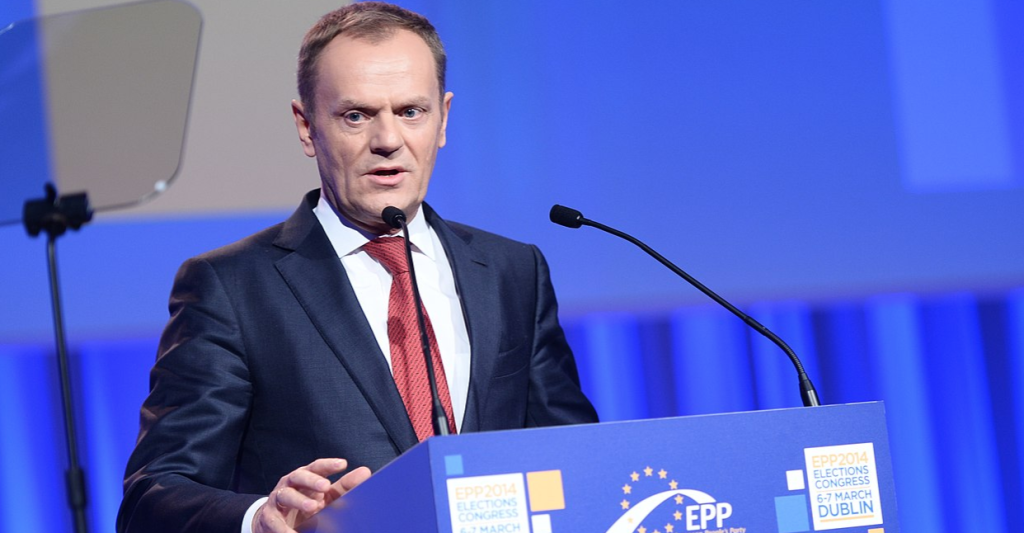
While Warsaw has announced a 16 billion zloty ($4.4 billion) civil defense plan for 2025–2026, implementation is still in early stages.
Also read
Czulda notes that Polish soldiers still haven’t received modern personal equipment.
He added, “Since 2022, many people in Poland have laughed at the poor equipment of Russian soldiers. But, unfortunately, in our case, the situation would be similar.”
NATO Training and Drone Plans in Motion

Some reforms are underway. In July, Poland’s Defense Ministry announced a “revolution” in drone capability. 200 million zloty ($55 million) has been allocated to buy new UAVs, with officials hinting that this could double if domestic industry ramps up.
In February, Poland also opened the NATO-Ukraine Joint Analysis, Training and Education Center (JATEC) in Bydgoszcz. The center shares lessons from Ukraine’s war with NATO allies.
According to Piotr Szymański, a defense analyst in Warsaw, “NATO countries are closely watching how Russia is fighting in Ukraine.”
Also read
Poland has also invested in long-range strike capabilities, like the JASSM missile and European programs focused on maneuver warfare. “Precision strikes and air superiority” have become central goals.
Lessons Learned—But Reforms Too Slow?
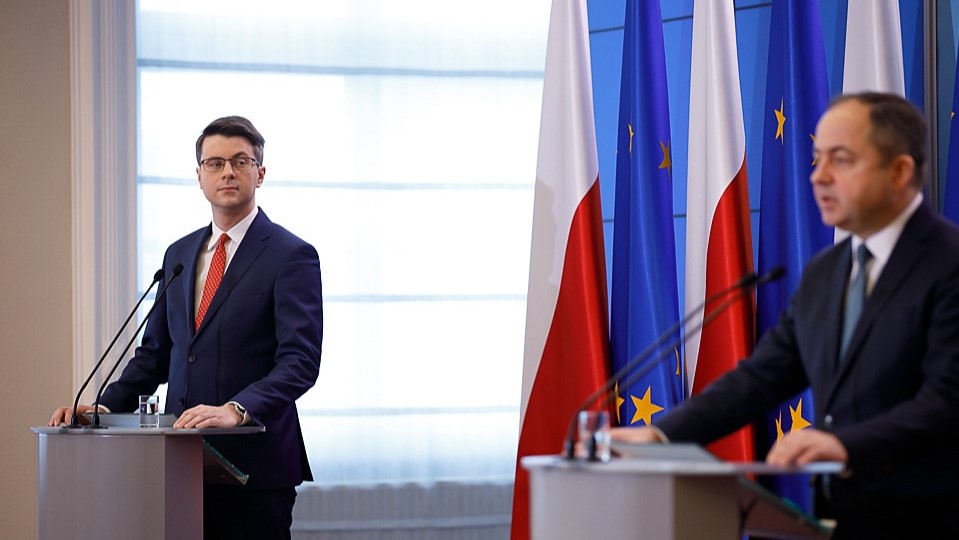
Poland and Ukraine face different scenarios. “Poland’s war doctrine was shaped by different factors,” Szymański says. As a NATO member,
Poland would benefit from allied air dominance, something Ukraine lacked. Still, experts worry that Warsaw’s reforms are being rolled out too slowly.
Czulda warns that bureaucracy, legal barriers, and conservative military mindsets are hampering progress.
“Without comprehensive reforms,” he concludes, “the Polish armed forces risk being modern on paper, but less effective in practice during a large-scale war.”

